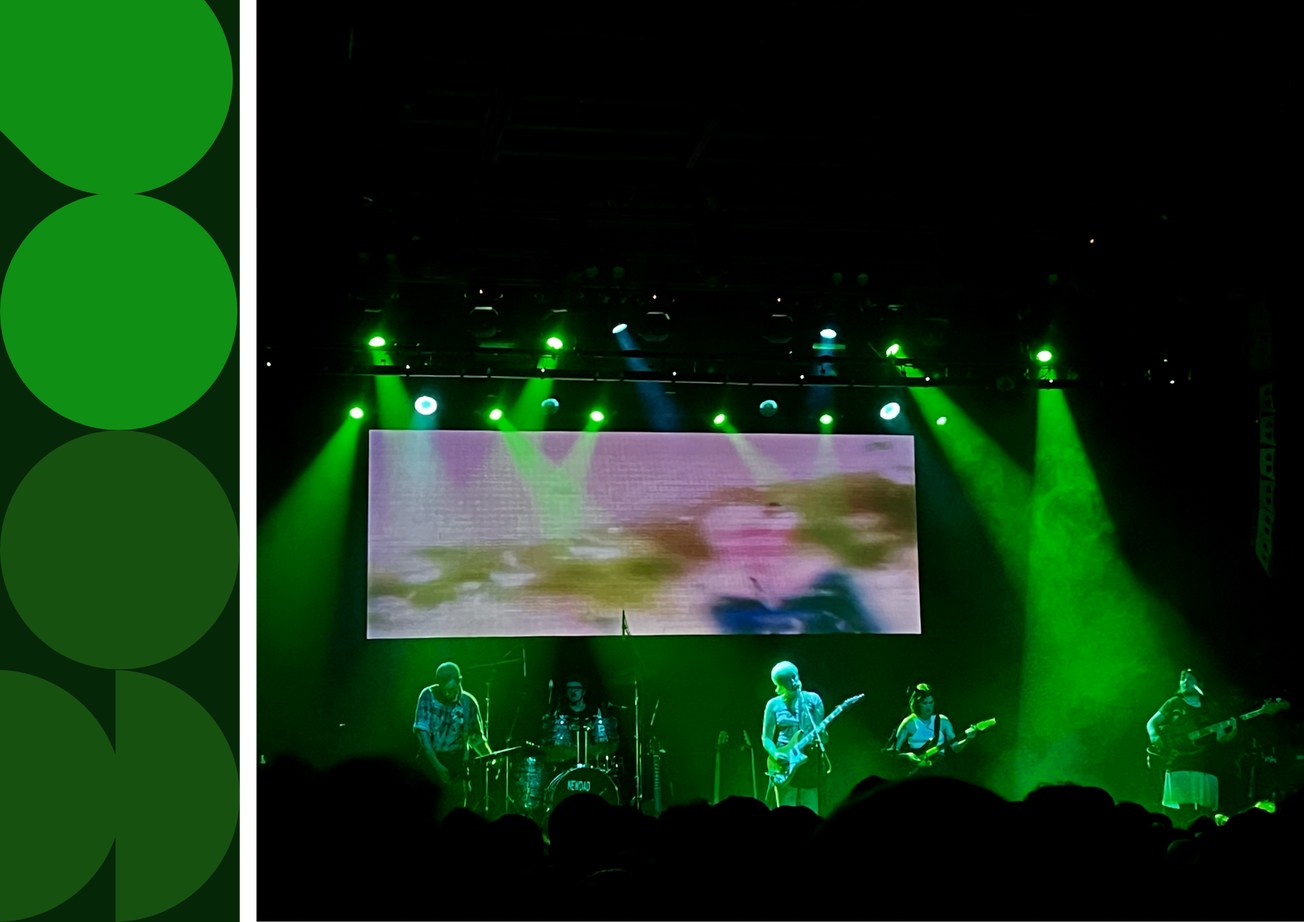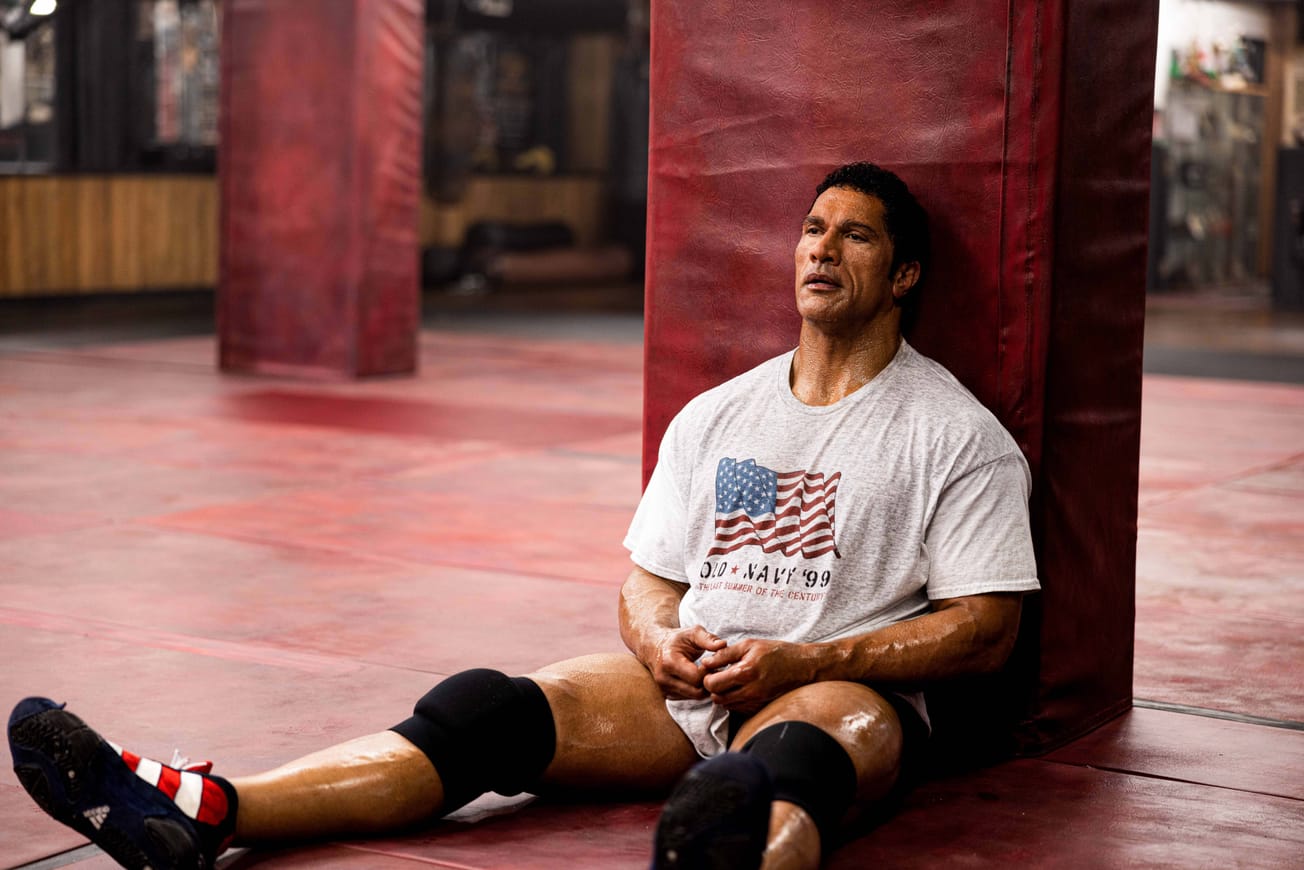Gwyn Hugh Jones steals the show in Wales National Opera’s visually magnificent production of Puccini’s masterpiece
The opening bars of Tosca won’t soon be forgotten by anyone whose had the pleasure of hearing them. The blare of brass, the rumble of timpani, the crash of symbols: this rumbustious opening sets the tone perfectly for Puccini’s tragic magnum opus.
Tosca follows the story of a group of Roman rebels in the summer of 1800 as the Kingdom of Naples is put under threat by Napoleon’s invasion of Italy. The opera begins with Angelotti – a political prisoner under the current regime – escaping from captivity and finding solace in a chapel occupied by painter and fellow-rebel Mario Cavaradossi. The pair, fearing capture from the brutal police chief Baron Scarpia, flee into the countryside.
Scarpia gives chase, eventually captureing Cavaradossi and his lover Floria Tosca, while Angelotti remains in hiding. Scarpia brutally tortures Cavaradossi in an attempt to find Angelotti’s hiding-place while Tosca, unable to withstand her lover’s torture, gives in and reveals Angelotti’s location.
Scarpia sends his men off to retrieve Angelotti and condemns Cavaradossi to be executed. He then makes Tosca an offer – if she sleeps with him, he will fake Cavaradossi’s execution, and grant the pair safe passage out of Rome. Tosca pretends to accept the offer and waits for Scarpia to sign the pardon, before stabbing and killing him, placing a crucifix on his body as a sign of penitence.
The final Act begins in the lead-up to Cavardossi’s supposedly fake execution. Tosca goes to Cavaradossi and tells him not to worry, that the riflemen will use blank charges, and that he must fall and play dead the moment he hears gunfire. Unbeknownst to Tosca, Scarpia has ordered that the execution not be faked; Tosca watches as the gunmen fire, and praises Cavaradossi’s acting skills. She goes over to wake him, and finds him dead, while guards – having found out about Scarpia’s death – run up to arrest her. Distraught, she flings herself from the roof to her death.
The terrific Tosca is on tonight. Who’s coming @BristolHipp? #WeLoveAlliteration #WNOtosca pic.twitter.com/UqGMQFgqiD
— Welsh National Opera (@WNOtweet) April 11, 2018
As you can probably tell from that summary, this isn’t a work that’s particularly concerned with subtlety. And nor should it be. WNO’s production fully embraces the flamboyant, tragic melodrama of Puccini’s work, offering a memorable and flawlessly executed performance.
Undoubtedly, the best performance comes from Gwyn Hugh Jones, playing the role of Cavaradossi. His phenomenally powerful and commanding tenor cuts through the bombast of the orchestra effortlessly, offering an introspective tenderness when needed. His duet with Tosca (portrayed by Claire Rutter) in Act 1 is perhaps the production’s most beautiful moment. Hugh Jones offers a delicate balance of power, emotion and comedy, gliding effortlessly into his higher register during the climax of ‘Ah, quegli occhi!’ In Act 2, his jubilant exclamation of ‘Victoria! Victoria!’ upon hearing of Napoleon’s victory sends shivers down the spine and showcases the raw power of his voice.
Rutter’s performance as Tosca is highly impressive, warranting an unexpected applause following her performance of ‘Vissi d’arte’ in Act 2, forcing the conductor to pause momentarily while the audience made evident their appreciation. Despite this, her lower register lacks some power, becoming lost in amongst the orchestra and other voices at points, particularly during her duets with Hugh Jones. Her higher register, however, displays no such issues, and when she reaches the upper limits of her soprano, the true magnificence of her voice shines piercingly through.
Scarpia’s villainy is wonderfully captured by Mark S Doss’ performance, which avoids some of the camp-ness which the character occasionally lends itself to. A mighty baritone with a powerful, consistent vibrato, Doss never puts a foot wrong throughout the performance.
Tomorrow our Tosca will hit the stage at @BristolHipp – who’s coming along to see this beautiful opera? #WNOtosca pic.twitter.com/pxHbUwjpUQ
— Welsh National Opera (@WNOtweet) April 10, 2018
Visually, WNO’s production perfectly captures the histrionic tragedy of the work. Grand set designs, strong contrasting colours and beautifully regal costumes all combine in a beautiful visual medley. Rutter’s dress in the second and third Acts is a vibrant scarlet which penetrates through the relative darkness of the sets.
Perhaps the most visually impressive aspect of the production comes at the close of Act 1 during the infamous Te Deum scene. Upstage right, a pair of grandiloquent double doors are cast open as a burst of white light streams through. A procession of white-hooded penitents walks deliberately through, carrying a Litter, atop which sits a Catholic priest adorned in white and gold. The light behind them casts a brilliant shadow across the stage, encasing it in darkness as a chorus of voices heralds the end of the first Act, while Scarpia bellows, ‘Tosca, mi fai dimenticare Iddio!’ (‘Tosca, you make me forget even God!’)
WNO’s production is simply magnificent. Full of commanding performances, it does complete justice to Puccini’s original work. The company are set to return to the Hippodrome in October for another run of operatic works, including Puccini’s admittedly far cheerier La Cenerentola (Cinderella). I’ve already bought my ticket, and I suggest you do the same.
Featured image: Facebook // Welsh National Opera
Did you catch the WNO's performance of Tosca at the Bristol Hippodrome? Let us know!









